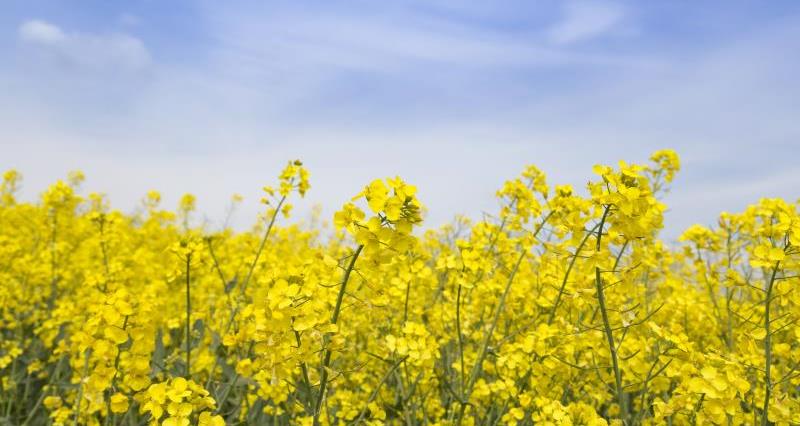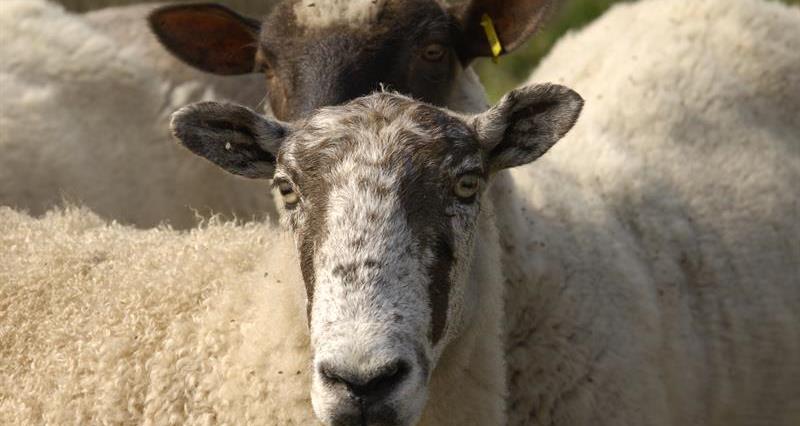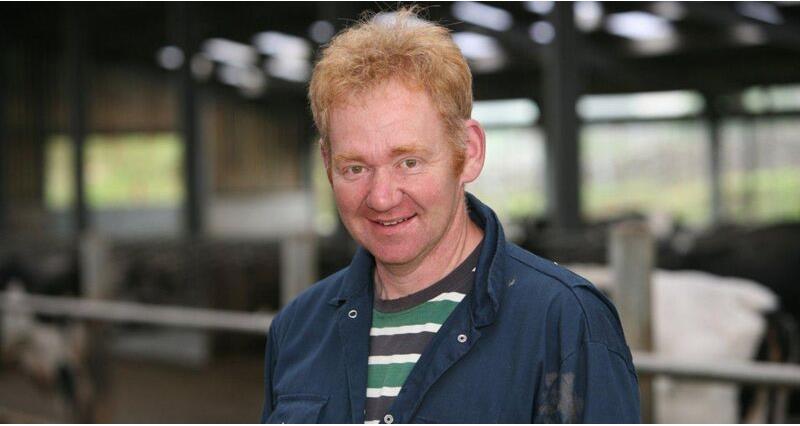One of the five overarching principles of the current ‘buzz’ that is is the centrality of livestock to rotations on farm.
The four, or less commonly two, legged muck spreaders are viewed as an integral part of resting land and attempting to recreate the benefits of permanent pasture within a broad, arable rotation.
Grandpa would probably have called this farming but, in an industry where mixed farming has, of late, been driven to the periphery, it’s a helpful reminder of the interconnectedness of all sectors of the agricultural industry.
Sheep at the heart of rotation
Like many farms across the country, the numbers of breeding stock on our farm have dwindled over the years, due to a combination of imperfect infrastructure, declining workforce and importantly, the challenges many farmers face in creating profitable beef and sheep enterprises.
That being said, we continue to rumble on with sheep at the centre of our arable rotation, albeit with store rather than breeding ewes.
Twitter is often a place to stumble across your inadequacies, so I’m keenly aware that we aren’t revolutionising the agricultural scene – we’ve all seen field upon field of store lambs.
However, by taking a more farm-scale approach to our livestock, anecdotally we are continuing to see steady improvements in our soil structures.
The continued use of fodder crops, the introduction of mixed cover crops, increased straw chopping and changes to drilling practices all play their part.
At a time when N as well as P and K costs are knee-wobblingly worrisome, coupled with increasing our spring cropping to 40% of the farm, we are able to gamely tackle some of our input costs while progressively improving our soils.
What comes next
We’re currently in a mixed farming wildlife offer, dipping our toe into the ABs but crossing our fingers that ELMs and the SFI help us to take the next step.
On a farm such as ours, I’m finding it difficult to see beyond the short-term financial loss of integrating grass and herbal leys into the rotation.
We all understand the benefits of using them (see the earlier regen principle) but there is an immediate financial cost in moving in that direction, especially given the current scope for margins in arable rotations. If government and the industry want to bring livestock back to the East there needs to be a carrot!
It’s a rather rambling road to have discussed regen, ELMs and livestock. But perhaps that’s the point. Farming is rarely succinct and to ensure we’re treating our soils with the respect they deserve, and producing food profitably and efficiently, there needs to be a far broader and holistic discussion about how we get there, instead of promises of silver bullets from any one side of the debate.









